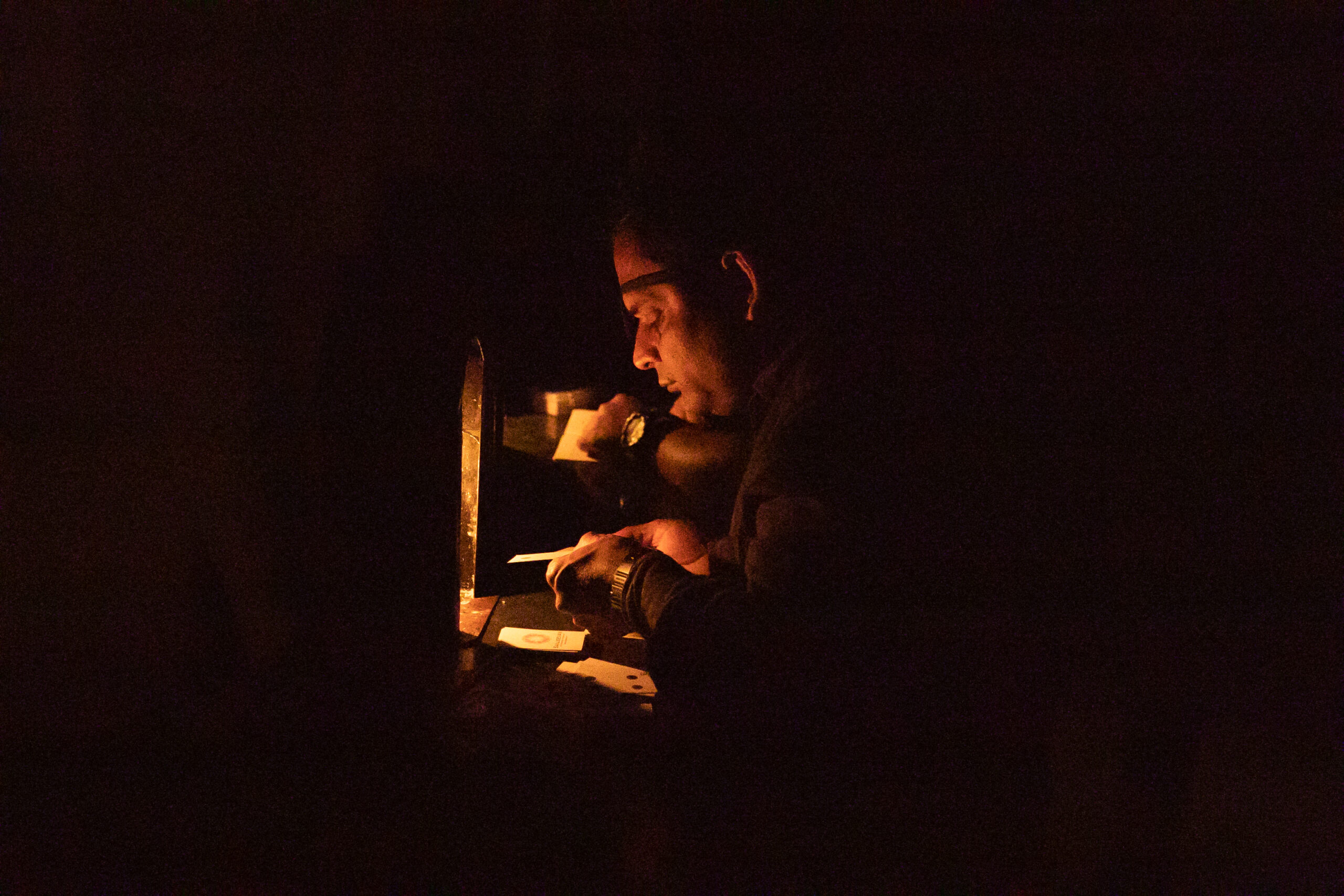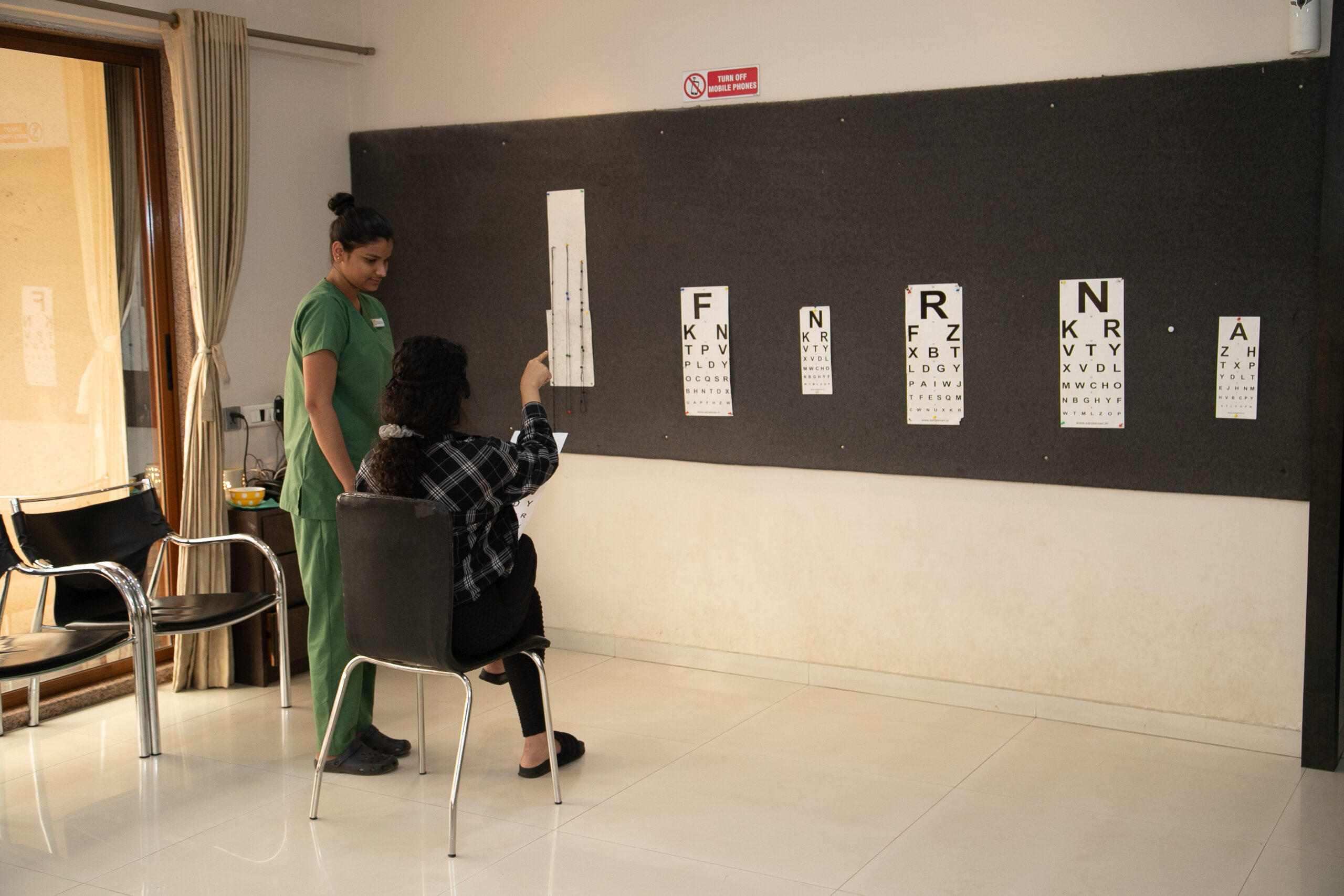Embark on a journey of visual transformation through the power of vision therapy, a dynamic treatment method designed to enhance vision naturally. Vision therapy encompasses a range of scientific-specific eye exercises and techniques that aim to enhance visual function naturally. This comprehensive approach extends beyond improving peripheral and central vision; it targets specific eye disorders, providing tangible benefits and renewed hope for individuals seeking to improve their vision. Through a combination of light adaptation and dark adaptation techniques, vision therapy works to optimize visual acuity, enhance eye coordination, and address underlying visual deficits of retinitis pigmentosa, optic neuritis, and many other patients. By focusing on the natural enhancement of visual function, vision therapy offers a holistic approach to improving overall eye health and promoting better quality of life. In this blog, we’ll explore the diverse components of vision therapy and how it significantly benefits individuals dealing with a spectrum of eye disorders.
Understanding Vision Therapy:
Vision therapy stands out as a specialized and individualized treatment approach that incorporates various light and dark adaptation techniques. This personalized approach allows for tailored interventions based on the specific needs and challenges of each individual. By customizing the therapy to address unique visual deficits, vision therapy aims to optimize visual function and improve overall eye health effectively. Through a combination of personalized exercises and techniques, vision therapy offers a comprehensive and targeted approach to enhancing visual acuity, promoting eye coordination, and addressing underlying visual impairments. Tailored to enhance visual skills and address specific vision-related issues. From blinking and palming to sun treatment, ball games, and more, these kinds of techniques play a pivotal role in the improvement of better visual functioning. Let’s delve into the components of vision therapy and discover its profound impact on various eye disorders.
Vision therapy is beneficial for many eye disorders such as Retinitis Pigmentosa, Squint, Amblyopia, Color- Vision Deficiency, Optic Atrophy, Optic Neuritis, and many others. Vision therapy can have a profound impact on impaired vision, particularly in areas such as peripheral and central vision. It is also effective in improving eye alignment, especially for individuals experiencing conditions like Squint and Amblyopia.
How Vision Therapy Works?

- Accommodation (focusing)
- Convergence (eye aiming)
- Binocularity (eye coordination)
- Fixation and eye movement abilities
- Eye-hand coordination
- Visual form perception.
Vision development extends beyond birth and is shaped by environmental factors and individual experiences. Even with healthy eyes and clear vision, issues can arise with eye muscle control and coordination, leading to visual discomfort during tasks requiring significant visual focus.
How does vision therapy treat eye problems?
According to recent studies, around half of the Australian population needs treatment for vision problems. While many have common refractive errors, vision therapy can significantly improve eye problems for some individuals. Although vision therapy is suitable for all age groups, it tends to be more effective in children and young adults.
Vision therapy for children and young people addresses common issues like eye coordination difficulties. When both eyes aren’t aimed correctly or focused properly, symptoms like intermittent double vision, blurred vision, headaches, and eyestrain can arise. Children experiencing these symptoms may avoid tasks like reading due to discomfort, even if they don’t complain about their vision problems.
Sanjeevan provides a holistic vision therapy program designed to naturally enhance eyesight through various techniques and exercises. Emphasizing integrated approaches, Sanjeevan has helped over 5000 individuals achieve significant improvements in their vision. From treating Retinitis Pigmentosa to addressing Color Blindness, squint eye treatment, and various other eye conditions, vision therapy has demonstrated remarkable effectiveness at Sanjeevan.
The vision therapy program encompasses various exercises and therapies designed to enhance vision naturally. These include:

- Sun Bath: Exposure to sunlight stimulates visual perception and promotes eye health.
- Eye Wash: Rinsing the eyes with water to remove debris and refresh the eyes.
- Eye Massage: Gentle massaging of the eye area to relieve tension and improve circulation.
- Palming: Covering the eyes with the palms to relax the eye muscles and reduce strain.
- Fine Prints in Dark or Light: Reading small print in varying lighting conditions to enhance visual acuity.
- Candle Concentration: Focusing on a candle flame to improve concentration and visual clarity.
- Candle Swing: Moving a candle flame from side to side to improve tracking skills and eye coordination.
- Ball Game: Engaging in ball-related activities to improve hand-eye coordination and peripheral vision.
- Ball Game Swing: Swinging a ball to enhance eye tracking and depth perception.
- Bar Swing: Moving a horizontal bar to improve eye movement and coordination.
- Snellen Chart: Using a standardized eye chart to measure visual acuity and monitor improvements.
- Acupressure: Applying pressure to specific points around the eyes to alleviate strain and promote relaxation.
- Peripheral Exercise: Engaging in exercises to enhance peripheral vision and expand the visual field.
- Cold Pack/Hot Pack: Applying cold or hot packs to the eyes to reduce inflammation and promote circulation.
- Retina Stimulator: Using visual stimuli to activate and stimulate the retina for improved visual processing.
Through the consistent practice of these therapies, individuals can naturally enhance their vision and achieve optimal eyesight.
